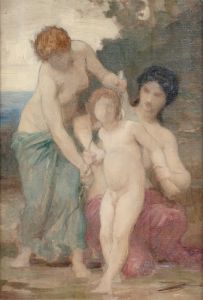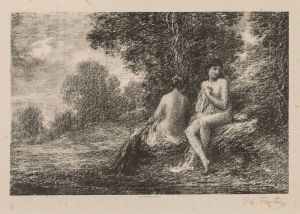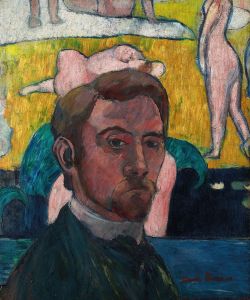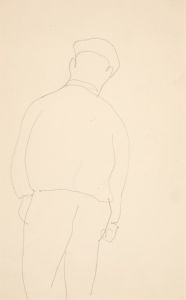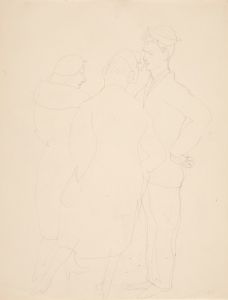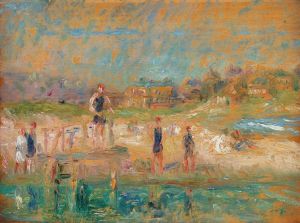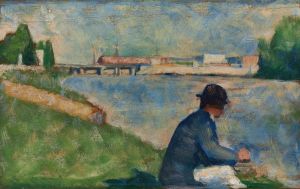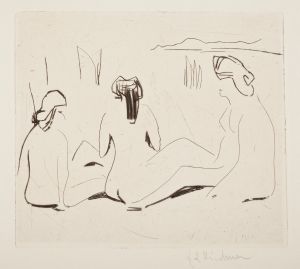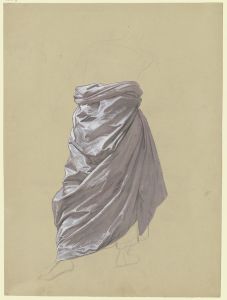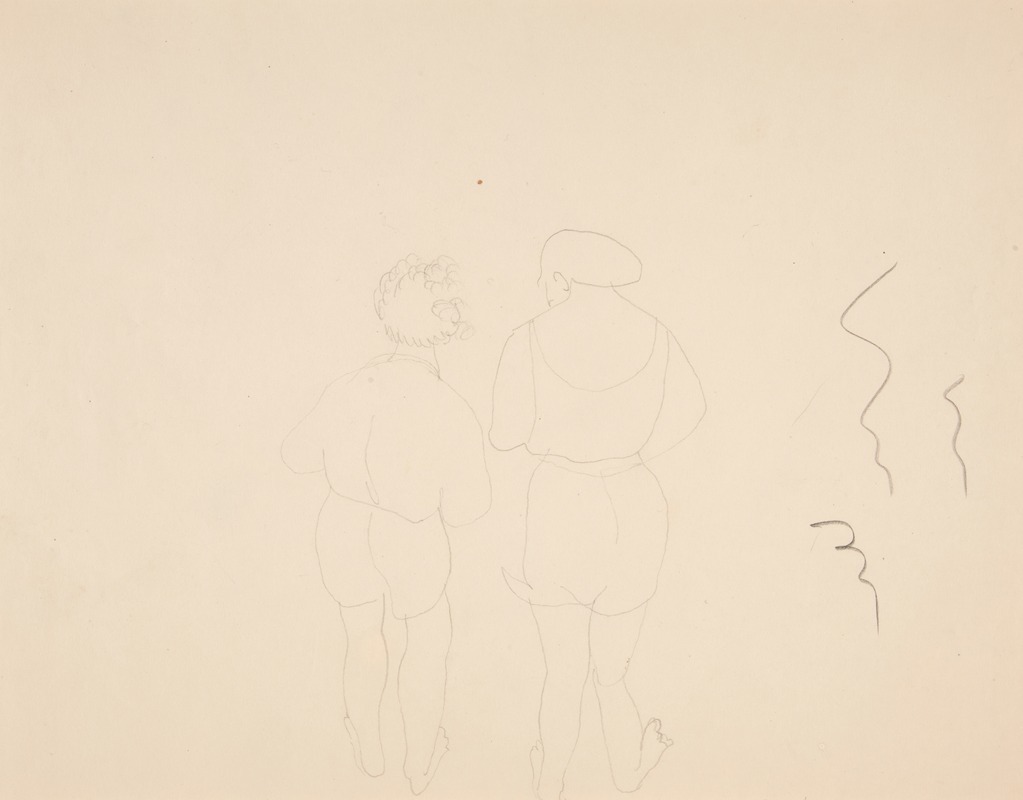
Two Woman Bathers Seen from Behind
A hand-painted replica of Charles Demuth’s masterpiece Two Woman Bathers Seen from Behind, meticulously crafted by professional artists to capture the true essence of the original. Each piece is created with museum-quality canvas and rare mineral pigments, carefully painted by experienced artists with delicate brushstrokes and rich, layered colors to perfectly recreate the texture of the original artwork. Unlike machine-printed reproductions, this hand-painted version brings the painting to life, infused with the artist’s emotions and skill in every stroke. Whether for personal collection or home decoration, it instantly elevates the artistic atmosphere of any space.
Charles Demuth was an American artist known for his contributions to the Precisionist movement, which was characterized by its focus on clean lines, geometric forms, and a sense of order and clarity. While Demuth is best known for his architectural and industrial scenes, he also explored other subjects, including the human figure. One of his works that delves into the depiction of the human form is "Two Women Bathers Seen from Behind."
"Two Women Bathers Seen from Behind" is a watercolor painting by Charles Demuth, created in 1912. This period was significant in Demuth's career as he was transitioning from his early academic training to developing his unique style that would later define his contributions to American modernism. The painting reflects Demuth's interest in the human figure, a subject he explored throughout his career, albeit less frequently than his architectural works.
The painting depicts two nude women from behind, engaged in the act of bathing. The choice to portray the figures from behind allows Demuth to focus on the form and composition rather than the identity or expressions of the subjects. This perspective also emphasizes the curves and lines of the human body, aligning with the Precisionist interest in form and structure. The use of watercolor as a medium highlights Demuth's skill in handling delicate washes and subtle gradations of color, which contribute to the painting's overall sense of intimacy and immediacy.
Demuth's approach to the human figure was influenced by his studies in Paris, where he was exposed to various avant-garde movements, including Impressionism and Post-Impressionism. These influences can be seen in his handling of light and color, as well as his interest in capturing fleeting moments and the essence of his subjects. In "Two Women Bathers Seen from Behind," Demuth employs a soft palette and fluid brushstrokes, creating a sense of movement and spontaneity.
The painting is also indicative of the broader cultural and artistic shifts occurring in the early 20th century. During this time, many artists were exploring new ways of representing the human body, moving away from traditional academic approaches and embracing more modern, abstracted forms. Demuth's work fits within this context, as he sought to balance realism with abstraction, capturing the essence of his subjects while also experimenting with form and composition.
"Two Women Bathers Seen from Behind" is a testament to Demuth's versatility as an artist and his ability to capture the human form with sensitivity and precision. While not as widely recognized as his architectural paintings, this work contributes to our understanding of Demuth's broader artistic practice and his engagement with the themes of modernism. The painting remains an important part of Demuth's oeuvre, reflecting his ongoing exploration of form, color, and composition throughout his career.





